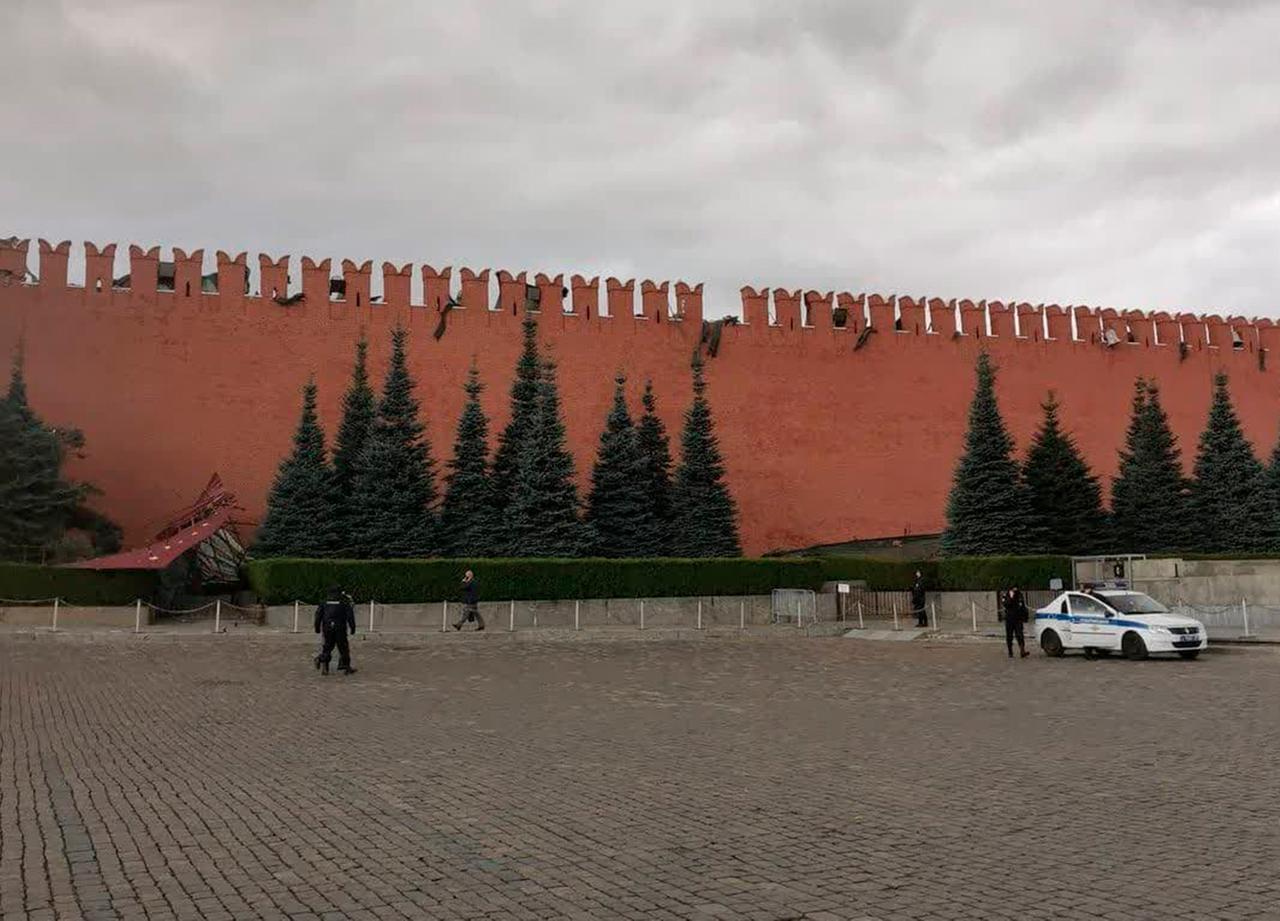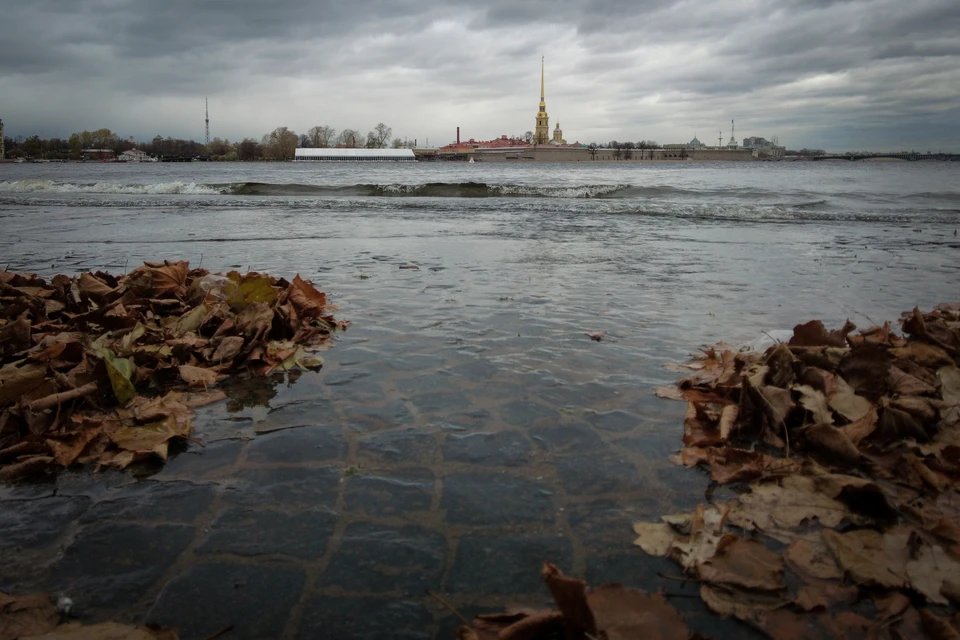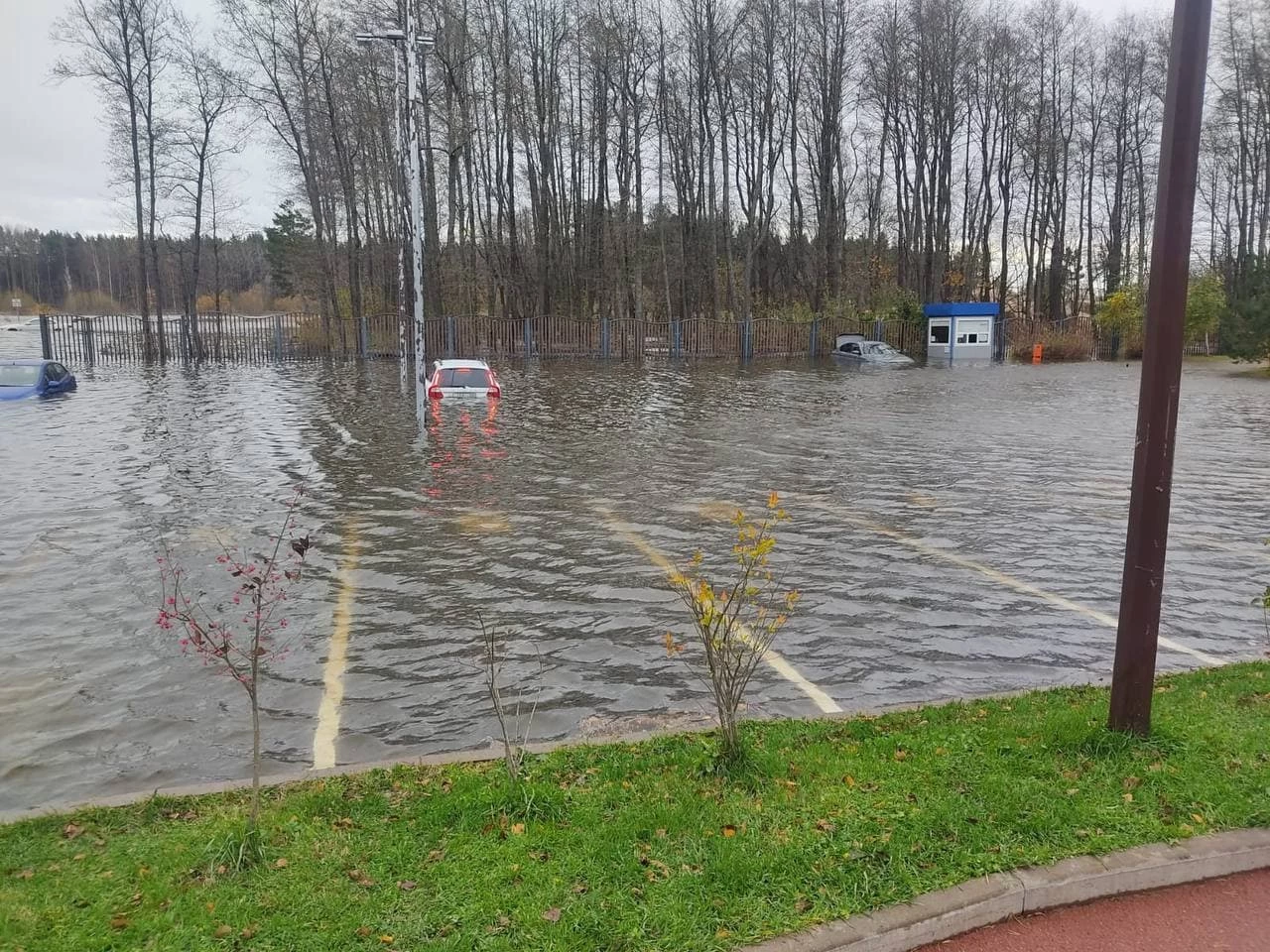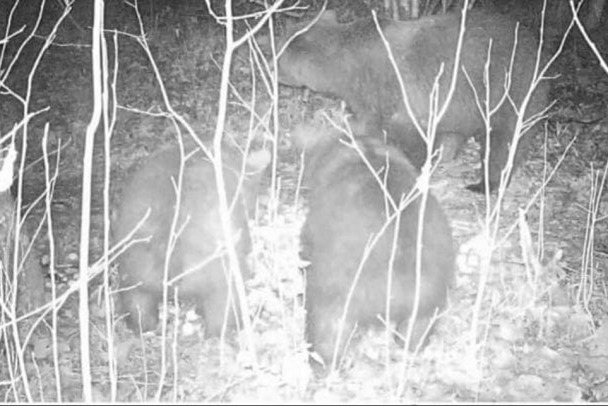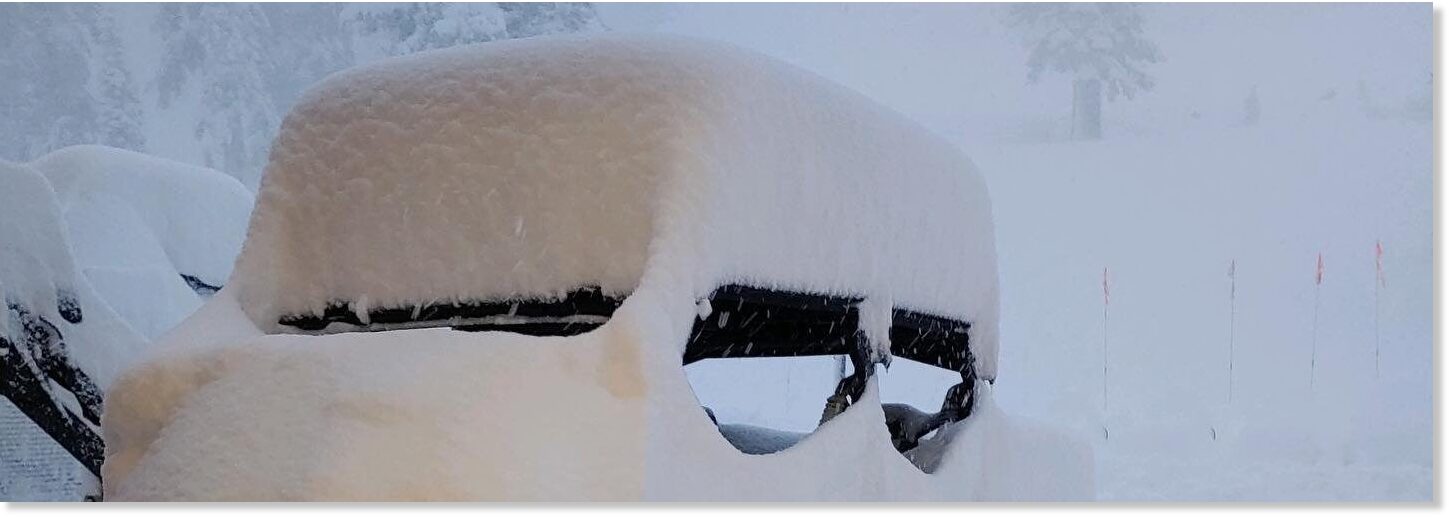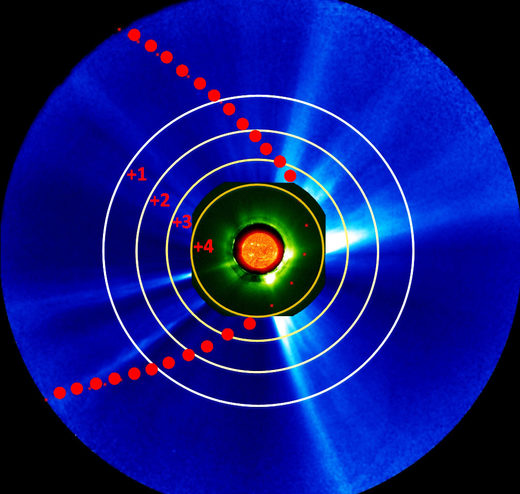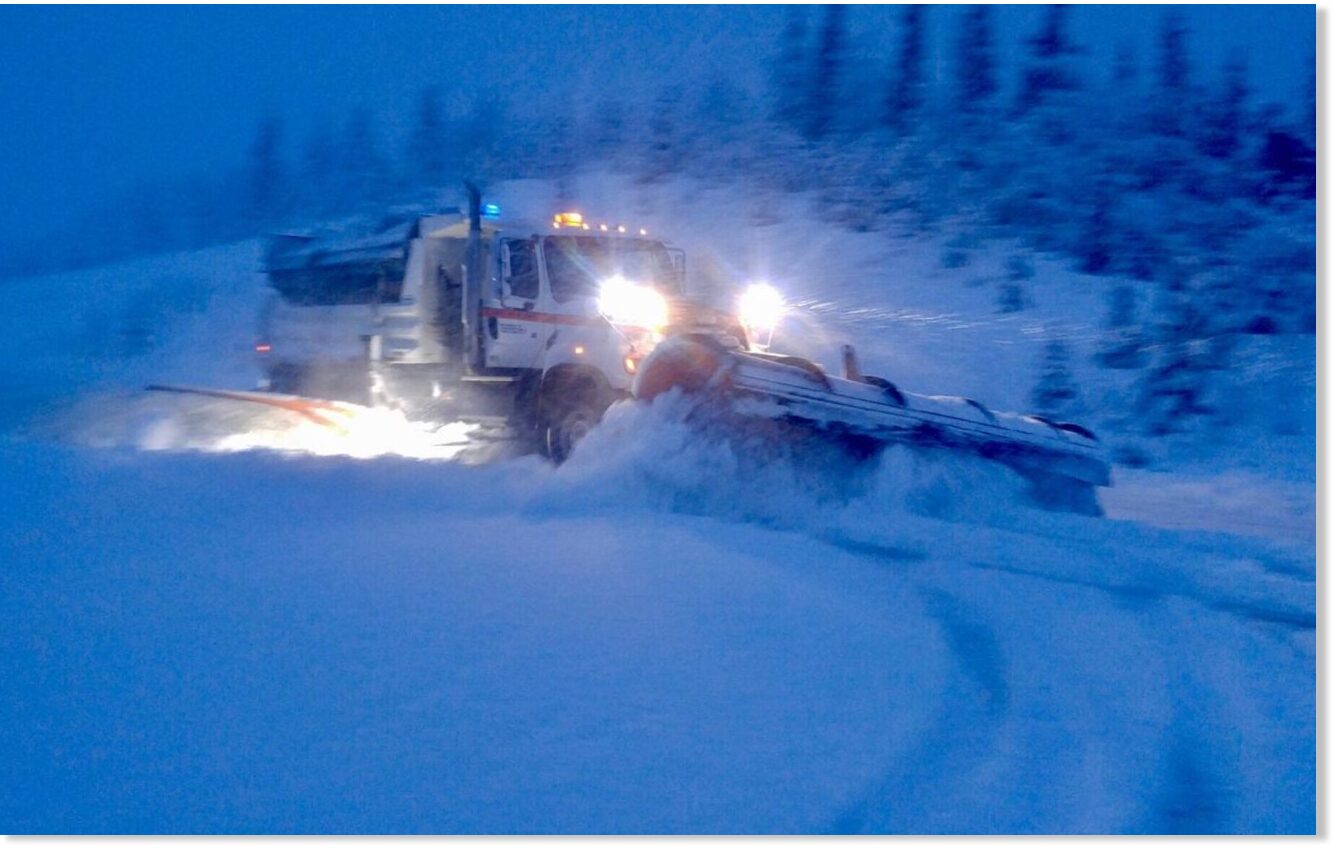Next week, an increasingly cool Northwest flow will affect the
#Isère and the
#Alpes North. The snow will subside over the days until Thursday, and our beds should be covered with
#neige (possibly from 1000 m Wednesday evening). Menu
@skipass
-2 to 2800m and a stuffy weather this morning of November 1st
@PicduMidi
Plains, Midwest to shiver in coldest conditions since spring
By Jessica Storm, AccuWeather Meteorologist Updated Nov. 1, 2021 4:05 AM CET Video
A dramatic cooldown will send temperatures plummeting to the low 30s in major cities, sending residents of the Plains and Midwest scurrying for their coats ahead of the chilliest conditions since April.
Residents of the Plains and Midwest may be grabbing their coats and hats this week as a dramatic cooldown chills the region. This will arrive after higher-than-average
temperatures warmed the region for weeks at the beginning of autumn.
"After a considerably warm start to the fall season, a
cold front drawing air from northern Canada will finally dip into the northern U.S. this week," said AccuWeather Senior Meteorologist Matt Rinde.
This cold front will envelop major cities around the Great Lakes, including
Chicago and
Detroit, while also dipping far enough south to chill residents in
Omaha, Nebraska. Low temperatures in the Windy City are forecast to dive into the low-30s at the start of this week, temperatures that haven't been seen since April.
"This cold front will spread some of the coldest weather of the season so far and only felt as recently as this past spring," Rinde said.
Rapid City, South Dakota, has seen temperatures hang around 4 degrees F above average since late September. Come Monday, they could have temperatures diving into the upper teens. Several other cities in the High Plains could also see dips into the lower 20s for multiple nights.
"While this colder push will be considerably lower than recent days and thus far this season, temperatures will actually fall pretty close to average for the early part of November," said Rinde.
Despite temperatures floating around normal, this
first chill is expected to feel particularly potent, since residents have not yet adjusted to the lower temperatures that arrive this time of year. Heating costs are likely to soar this week for the first time since last spring.
"The colder air will set up a possible conveyor of unsettled weather through the central Plains into the Middle Atlantic," Rinde explained.
On Halloween, snow and rain were observed streaking out into the Plains, impacting mainly western
South Dakota and
Nebraska. Then, precipitation expanded farther into Nebraska and Colorado on Halloween night.
The snow will likely taper off to a few chilly rain showers on Monday as the area of unsettled weather shifts into the Midwest.
Farther south, rain will likely begin to blossom by Tuesday in the southern Plains, before becoming more widespread by midweek.
"The most intense precipitation and thunderstorm potential exists in the southern Plains to lower Mississippi Valley, especially on Wednesday, which will raise concerns for localized flash flooding," said AccuWeather Senior Meteorologist Tyler Roys.
Much of the northern Plains and Upper Midwest will likely be shielded from precipitation as a dip in the jet stream steers the storm around to the Northeast instead, but areas by the Great Lakes should keep an eye out this week.
"It is that time of year where these systems have the potential for some decent snowfall due to the available moisture during the fall months," Rinde added.
Despite temperatures floating around normal, this
first chill is expected to feel particularly potent, since residents have not yet adjusted to the lower temperatures that arrive this time of year. Heating costs are likely to soar this week for the first time since last spring.
"The colder air will set up a possible conveyor of unsettled weather through the central Plains into the Middle Atlantic," Rinde explained.
This flow, in combination with the cold air in place over the Great Lakes, can also cause some lake-effect snow, especially off the northwestern Great Lakes.
"Some of this snow could accumulate in the overnight hours," added Roys.
As the week comes to a close, the potential for storms continues across the region, especially in southern areas.
"There is the potential for another round of enhanced precipitation across the southern Plains, Gulf Coast and Southeast this weekend as a storm tracks eastward," said Roys.
ZeroHedge - On a long enough timeline, the survival rate for everyone drops to zero

www.zerohedge.com
Authored by CJ Hopkins via The Consent Factory, Snip Last Paragraph: Sunday, Oct 31, 2021 - 11:30 PM
Winter is coming … and you know what that means.
And so on. I think you get the picture.
This Winter is probably going to get a little nutty … or, OK, more than a little nutty. In terms of manufactured mass hysteria, it is probably going to make Russiagate, the
War on Populism, the Global War on Terror, the Red Scare, and every other manufactured mass-hysteria campaign you can possibly think of look like an amateur production of Wagner’s
Götterdammerung.
In other words, kiss reality (or whatever is left of reality at this point) goodbye. The clock is ticking, and GloboCap knows it. If they expect to pull this
Great Reset off, they are going to need to terrorize the New-Normal masses into a state of protracted pants-shitting panic and uncontrollable mindless hatred of “the Unvaccinated,” and anyone challenging their rule. A repeat of the Winters of 2020 and 2021 is not going to cut it. It is going to take more than the now standard repertoire of fake and manipulated statistics, dire projections, photos of “death trucks,” non-overflowing overflowing hospitals, and all the other familiar features of the neo-Goebbelsian propaganda juggernaut we have been subjected to for over 18 months.
They are facing a growing working-class revolt. Millions of people in countries all over the world are protesting in the streets, organizing strikes, walk-outs, “sick-outs,” and mounting other forms of opposition. Despite the corporate media’s Orwellian attempts to blackout any coverage of it, or demonize us all as “far-right extremists,” the New Normals are very aware that this is happening. And the official narrative is finally falling apart.
The actual facts are undeniable by anyone with an ounce of integrity, so much so that
even major GloboCap propaganda outlets like The Guardian are being forced to grudgingly admit the truth.
No, GloboCap has no choice at this point but to let loose with every weapon in its arsenal —
short of full-blown despotism, which it cannot deploy without destroying itself — and hope that we will finally break down, bend the knee, and beg for mercy.
I don’t know exactly what they’ve got in mind, but I am definitely not looking forward to it. I’m already pretty worn out as it is. From what I gather, so are a lot of you. If it helps at all, maybe look at it this way. We don’t have to take the battle to them.
All we have to do is not surrender, withstand the coming siege, and make it to April.
Or, if the strikes, sick-outs, and “bad weather” continue, it might not even take that long.

